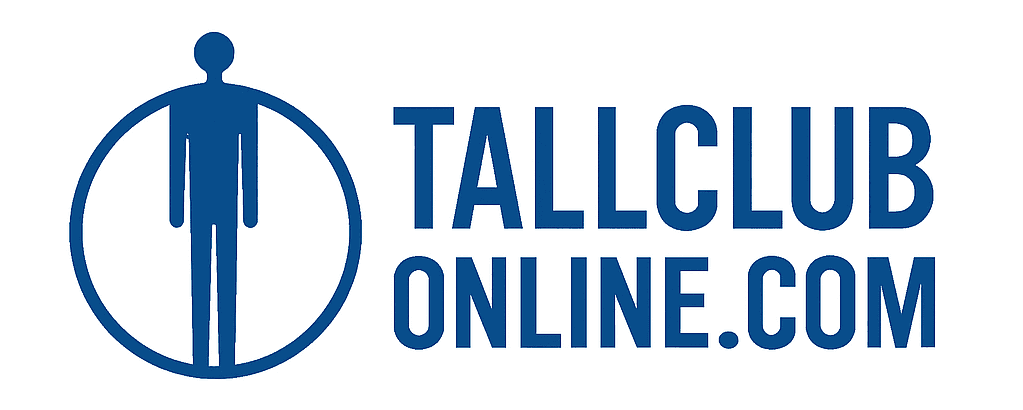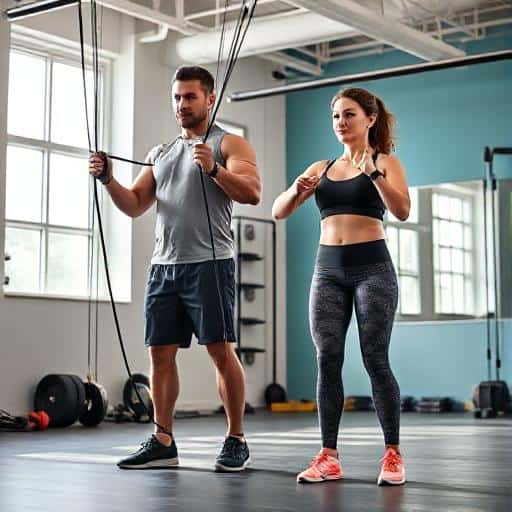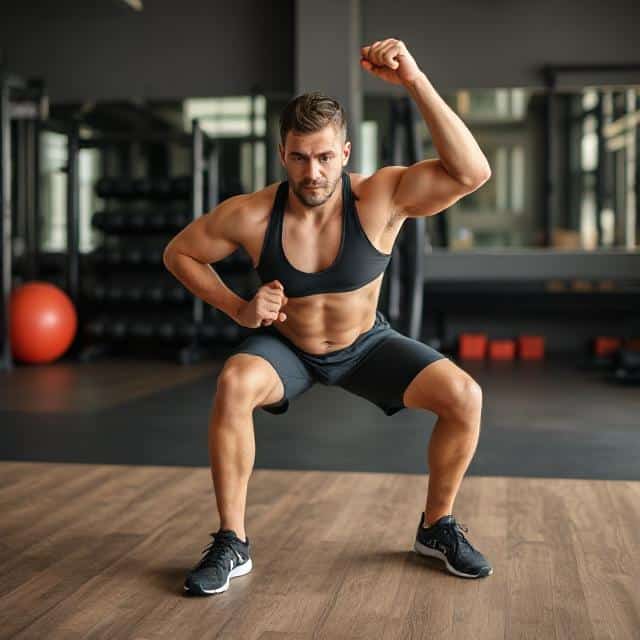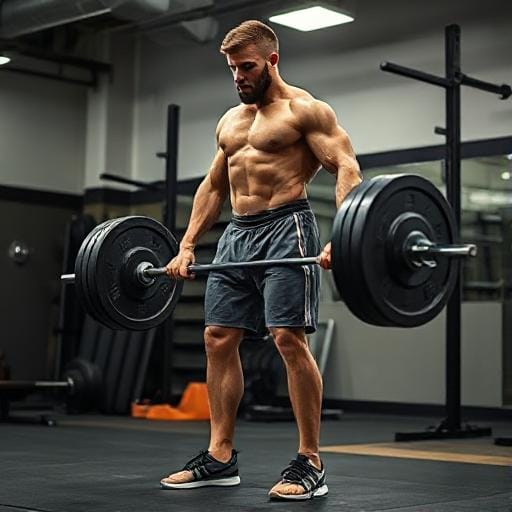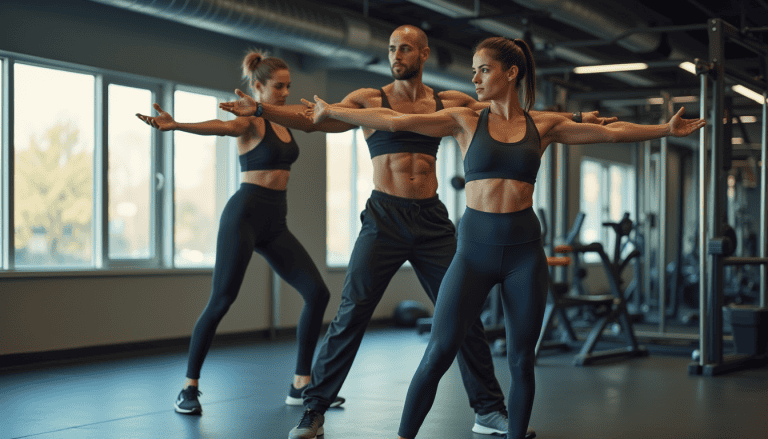Health and Fitness for Tall Bodies: Expert Advice for Long-Term Wellness
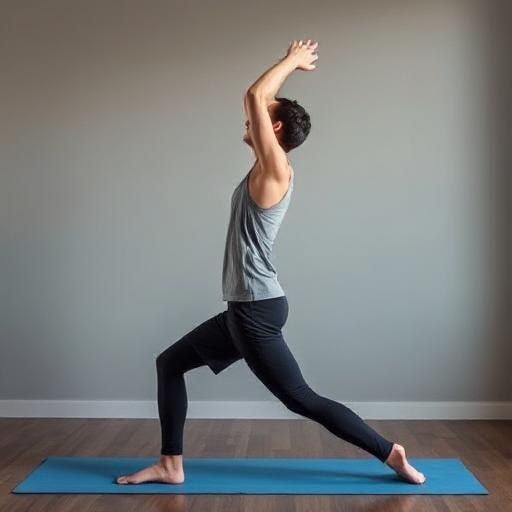
Being tall comes with its own set of advantages and challenges, especially when it comes to health and fitness. From long limbs to larger frames, tall individuals often have unique fitness needs that aren’t always addressed by standard workout plans. But with the right approach, you can build a fitness routine that enhances your strength, supports your joints, and promotes overall wellness.
In this article, we’ll provide expert advice on how tall bodies can optimize their fitness and health, from tailored workout routines to essential wellness tips. Let’s dive into how you can set yourself up for long-term wellness.
Why Tall People Need Specialized Fitness Advice
Tall individuals have different biomechanics and body proportions compared to those of average height. These differences can impact the way they perform exercises, how their body reacts to certain movements, and how they experience pain or discomfort. Here’s why a customized approach is essential:
1. Biomechanical Differences
With longer limbs and a larger frame, tall individuals may need to adjust their posture, form, and movement patterns to avoid straining their joints and muscles. Exercises that work well for people of average height may cause discomfort or strain in taller individuals if not adjusted for body proportions.
2. Joint Health and Stress
Tall people tend to experience more joint stress due to the increased leverage from longer limbs. This can lead to issues such as knee pain, hip discomfort, or lower back strain, especially during high-impact activities. Addressing these risks through low-impact exercises and proper technique is crucial to avoid injury.
3. Posture and Alignment Issues
A taller frame can make it harder to maintain optimal posture during certain exercises. Many tall people tend to slouch, especially during prolonged sitting or standing positions, which can lead to back and shoulder discomfort. A good fitness plan for tall people should incorporate posture-correcting exercises to prevent these issues.
How to Create a Fitness Plan for Tall Bodies
When it comes to fitness, tall individuals should aim to balance strength training, flexibility, and cardiovascular exercises to promote overall wellness. Here’s a step-by-step guide to crafting an effective fitness plan:
1. Focus on Full-Body Strength Training
A full-body strength training routine will help you build a balanced, strong physique. Since tall people tend to have longer limbs, working on your full body ensures you develop all muscle groups equally.
Key Strength Training Exercises:
Deadlifts: This exercise helps strengthen your lower back, hamstrings, and glutes while promoting overall body stability.
Squats: A fundamental lower-body movement that targets your quads, hamstrings, and glutes. Ensure you maintain proper form to avoid knee strain.
Pull-Ups: Excellent for strengthening your upper back and shoulders, which can be prone to tightness for tall individuals.
Push-Ups: Engage your chest, shoulders, and triceps with this bodyweight exercise. Tall people can modify hand placement to fit their body size.
2. Incorporate Core Strengthening Exercises
A strong core is crucial for tall bodies. It provides stability, improves posture, and reduces the risk of back pain, which is common among tall individuals.
Core Exercises:
Planks: A great exercise for targeting the entire core. Hold for 30 seconds to a minute for maximum benefits.
Russian Twists: A rotational movement that engages your obliques and helps improve flexibility in the torso.
Leg Raises: This exercise targets the lower abdominals and helps relieve tension in the lower back.
A strong core is the foundation for preventing injury and maintaining good posture.
3. Focus on Flexibility and Mobility
Tall bodies can experience muscle tightness, particularly in the back, hips, and shoulders. A comprehensive flexibility routine will help alleviate this tightness, prevent injury, and improve range of motion.
Flexibility and Mobility Exercises:
Hip Flexor Stretches: Tall people may have tight hip flexors due to prolonged sitting or activity. Stretching these muscles regularly will improve flexibility.
Cat-Cow Stretch: A yoga pose that helps with spinal mobility and alleviates stiffness in the back.
Shoulder Rolls: Release tension in your shoulders and upper back by performing shoulder rolls, helping with posture.
Incorporating these stretches into your routine will help improve flexibility and reduce tension throughout the body.
4. Cardiovascular Exercise for Tall Bodies
Cardiovascular exercise is essential for maintaining heart health, and it also aids in weight management. However, tall people should be mindful of joint stress during high-impact activities like running.
Low-Impact Cardio Options:
Cycling: This is a fantastic low-impact activity that strengthens the legs without stressing the knees and hips.
Swimming: Swimming is a total-body workout that is gentle on the joints while building endurance and cardiovascular fitness.
Elliptical Machine: The elliptical is another low-impact cardio option that mimics running without the pounding on your joints.
5. Incorporate Posture-Correcting Exercises
Tall people are more likely to slouch or develop poor posture over time, especially if they spend long hours sitting. Adding exercises that focus on posture correction is key to maintaining alignment and reducing discomfort.
Posture-Correcting Exercises:
Chest Openers: These stretches help counteract the rounding of the shoulders that can occur from sitting for long periods.
Back Extensions: Strengthen the muscles along your spine, which is crucial for maintaining an upright posture.
Wall Angels: This exercise helps with shoulder mobility and can improve posture by engaging the upper back muscles.
6. Rest and Recovery
Proper rest and recovery are essential for everyone, but they’re even more important for tall individuals due to the increased stress on their joints and muscles. Make sure you get adequate sleep and recovery time between workouts to allow your muscles to repair and grow.
Tips for Recovery:
Sleep: Aim for 7-9 hours of sleep each night to promote muscle recovery.
Foam Rolling: Use a foam roller to release muscle tightness and improve blood flow.
Hydration: Staying hydrated helps your muscles recover and prevents cramping.
Key Takeaways
Strength Training: Full-body strength training should be the foundation of your fitness routine to ensure balanced muscle development.
Core Strength: A strong core supports good posture and stability, reducing the risk of back pain and injury.
Flexibility and Mobility: Incorporate stretching and mobility exercises to maintain range of motion and prevent stiffness.
Cardiovascular Health: Opt for low-impact cardio to reduce joint stress while maintaining cardiovascular health.
Posture-Correction: Add posture-improving exercises to your routine to support spinal alignment and reduce discomfort.
Recovery: Prioritize recovery, including rest, hydration, and stretching, to allow your body to repair and rebuild after workouts.
FAQ: Health and Fitness for Tall People
Q1: What type of exercise is best for tall people?
Tall people benefit from full-body strength training, core exercises, flexibility routines, and low-impact cardio. It’s important to modify exercises for body proportions to avoid strain and injury.
Q2: How can I improve my posture during workouts?
Incorporate posture-correcting exercises like chest openers, back extensions, and wall angels. Additionally, focus on maintaining a neutral spine during all exercises.
Q3: Is cardio bad for tall people?
Cardio is essential for heart health, but tall individuals should focus on low-impact activities like swimming, cycling, or using the elliptical to avoid joint strain.
Q4: How can I prevent back pain as a tall person?
Strengthen your core, maintain good posture, and incorporate flexibility exercises to improve spinal mobility and reduce tension in your back.
